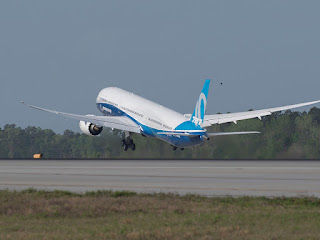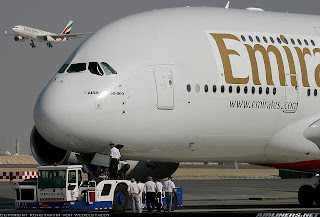Aircraft Deicing
Ice has always being a major factor in flight safety and it has contributed to plane crashes. Ice affects the performance of an aircraft and when there is a build up of it in the wing profile of the plane it increases its drag and causes it it to stall and then crash. Examples are the Air Florida Flight 90 of January 13, 1982 and, American Eagle Flight 4184 and the Air Ontario crash at Dryden Airport in 1989 the list goes on and one.
The Federal Aviation Administration has made it mandatory for every aircraft to be deiced before take off whenever there is snow. icing occurs during flights and it is also important that pilots check their if their aircraft is deiced before take off.
- Hanger Warm Up The best method for aircraft deicing may not be the most practical, especially at smaller airports. If possible, warm the airplane up in a hangar, and, as the ice melts, wipe the wings with a towel or chamois to avoid re-icing when the plane leaves the hangar. Then, apply a thin, protective coating of Freezing Point Depressant (FPD) liquid to keep ice from forming before take-off and during flight.
- Airplane Covers Another method for keeping ice from forming on the plane and reducing the need for aircraft deicing is to use airplane covers designed for the wings and other components prone to ice build-up. However, when the covers are removed, icing could still occur before take-off, and the application of FPD liquid may be necessary.
- Spray Equipment The most common method for aircraft deicing is the use of spray equipment that applies FPD liquids to the plane. Most airports provide portable spray equipment, such as pressurized containers and spray wands, hand pumps and mops that apply the liquid, which normally consists of ethylene glycol or propylene glycol. Larger airports may also offer ground support equipment for aircraft deicing. Frost, ice and snow are slow to absorb the liquid and may take multiple applications. Although FPD liquid works well in aircraft deicing, it is important to remember that as ice melts, the FPD mixes with water, causing the solution to dilute. If the plane remains on the ground for more than five minutes after deicing, the FAA requires a re-check of the plane to ensure that ice has not built up on the plane while waiting, and additional applications may be necessary.



Comments
Post a Comment